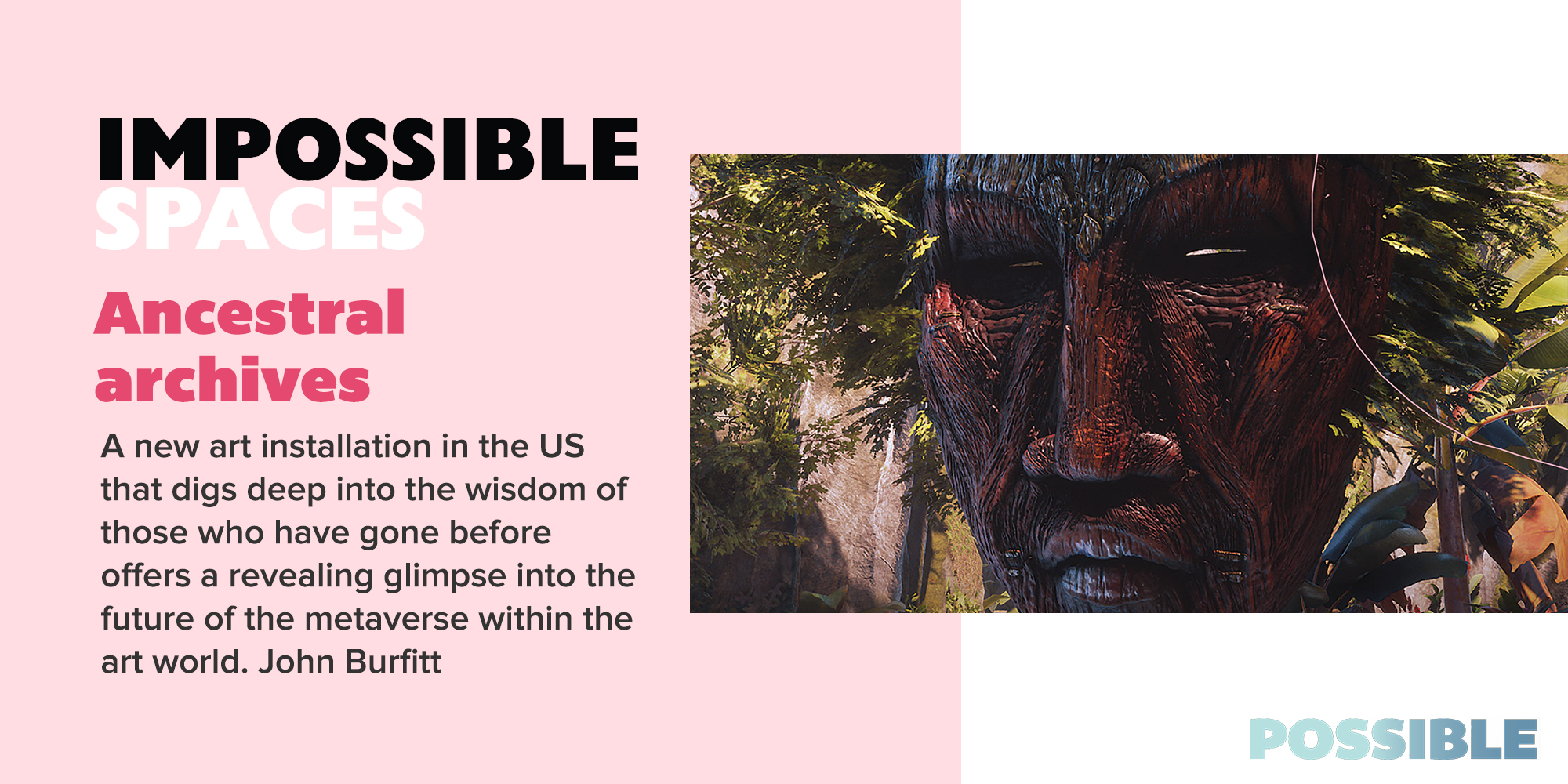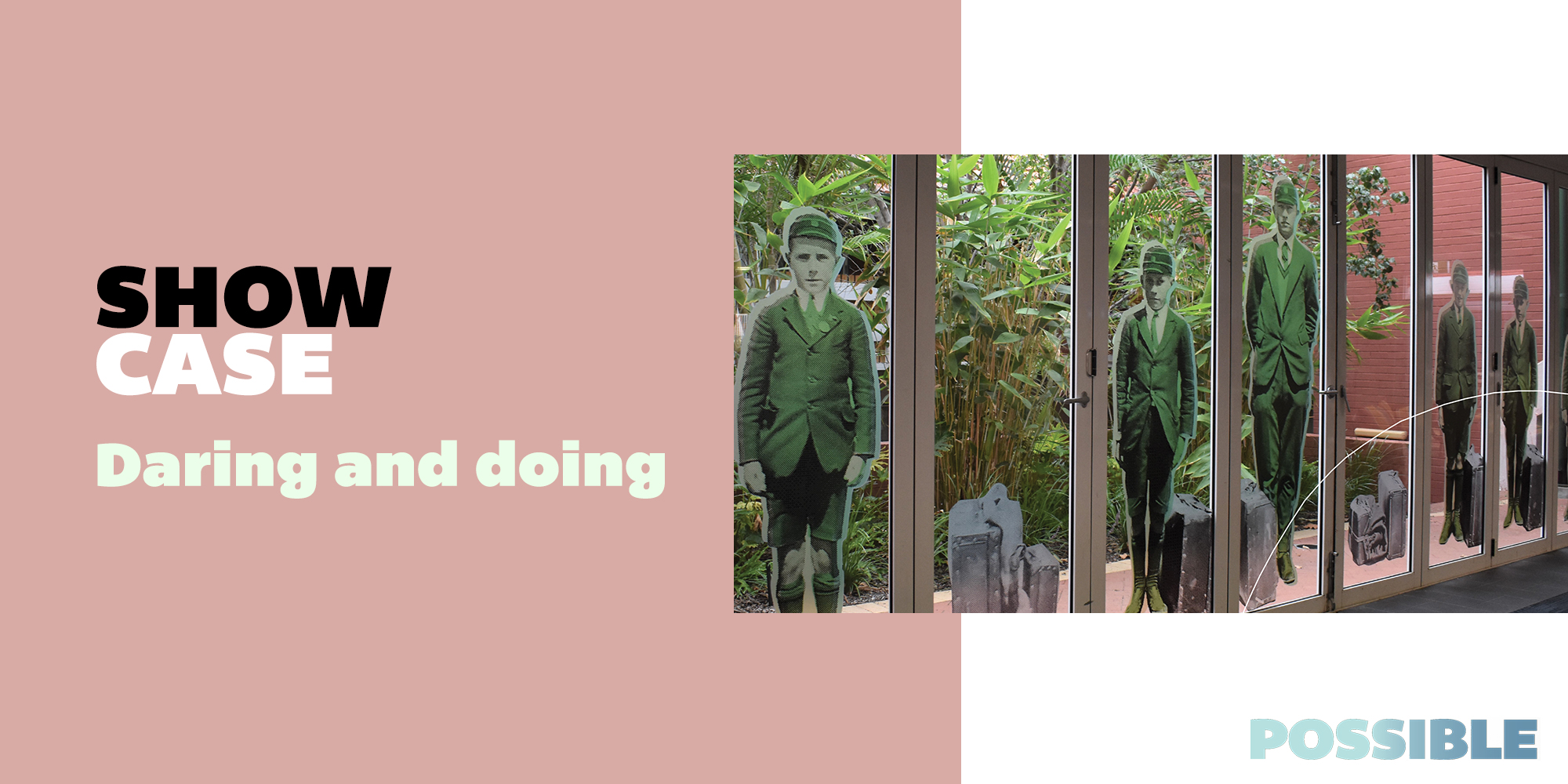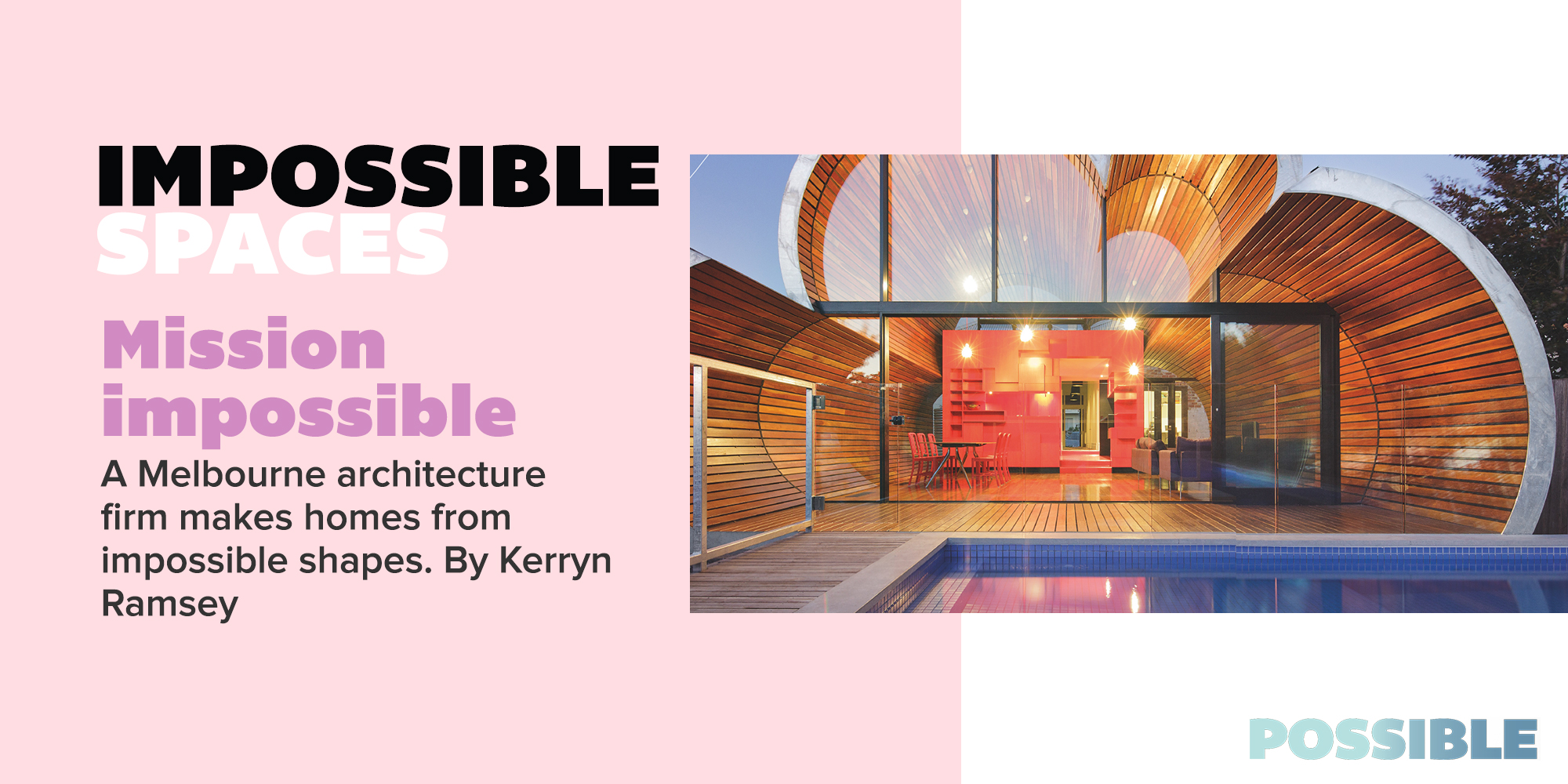Since 1987, New Zealand artists have gathered annually to display their innovative, unique and resourceful talents via a high-energy and high-emotion showcase of world class design and performance.
.jpg?width=312&height=208&name=Wellington-The-Skin-I-Am-In%2c-Katherine-Bertram%2c-New-Zealand-(11).jpg)
The brainchild of Nelson sculptor Dame Suzie Moncrieff, the World of WearableArts (WOW) event began as a vision to take art off the wall and onto moving bodies as a fundraiser for Moncrieff’s small country gallery.
In the first year it attracted just 54 entries and 200 guests.
Within eight years the event was moved from Moncrieff’s hometown of Nelson to the nation’s capital Wellington, resulting in a 60 per cent audience increase of 28,000 attendees in its first year.
Today, WOW has evolved into a global competition attracting fashion, textile and industrial designers, jewellers, costumers, architects, engineers, sculptors, painters, crafters, gardeners, doctors, and boatbuilders from over 60 countries.
Utilising a range of materials as diverse as stone, pumice, steel, ceramic, corrugated iron, and what otherwise would have ended up in rubbish bins, the creative vision and wonderful storytelling displayed by entrants eager to push their choice of media beyond its limits now attracts tens of thousands of people every year.
Malia Johnston has directed and choreographed 17 WOW shows since 2001. She says one reason she enjoys working on WOW is its scale—live, immersive, experiential spaces created for the garments to live in that shapeshifts with colour, music, light, and movement.
“At WOW we coalesce a wonderfully generous team of creative practitioners, amounting to a theatrical explosion, celebrating and combining design ideas of many artists together into one platform.
“I absolutely love working on this event as it celebrates creative diversity, craftsmanship and ingenuity on multiple levels.”
Key to its success is what in New Zealand is colloquially referred to as having a ‘number 8 wire’ mentality—the ability to create or repair items using whatever scrap materials are at hand.
“Because New Zealand is an island so far away from other places and has a small population in comparison with the continents, it has encouraged us to just try things, sometimes out of sheer need …so it is definitely part of our culture of doing and thinking.

“WOW definitely provides a platform for people to be inventive and to engage with the #8 wire mentality, and it celebrates and acknowledges the creativity and improvisation required in this type of thinking and design work.”
Johnston says all designers work on their designs to different schedules. While some designers work fast, others may spend a few years preparing their work for the stage. What everyone has in common is a desire to create works that inspire and transform..jpg?width=274&height=183&name=The-Pattern-Maker%2c-Vicky-Robertson%2c-New-Zealand-(7).jpg)
“We had a piece entered that transformed from a cape into a bike that you can ride and a work that was made of long saws extracted from a wood mill. A work that has always stayed with me was a sculptural piece made by Mandy Kingsbury that was a physical sculptural interpretation of what it was like to live with MS. It involved three dancers and they had long metal pieces protruding from their bodies, as if the metal had pierced their bones. It was called motion and stillness. Artists go to all manner of lengths to present and represent their ideas and perspectives.”
Johnston says WOW’s judges prioritise artistic innovation and excellence when deciding which pieces go into the competition. “Our designers who enter into the show are charged with being innovative, deeply thoughtful and their work is of exceptional standard. There is no limitation on what wearable art can be, but we make sure that we are delivering to a standard that keeps the work relevant and unique each year.”

.png)
.jpg?width=672&height=448&name=2023-WOW-Show-BEYOND%2c-Finale-(18).jpg)



